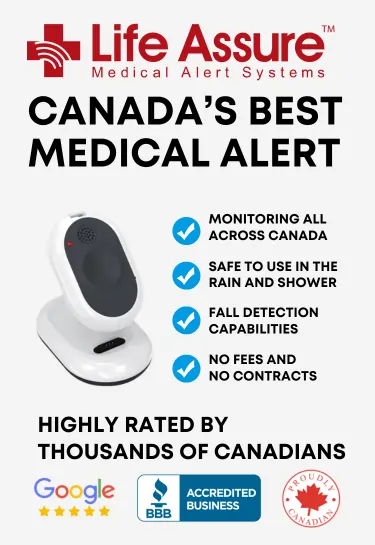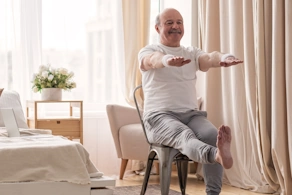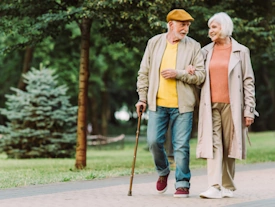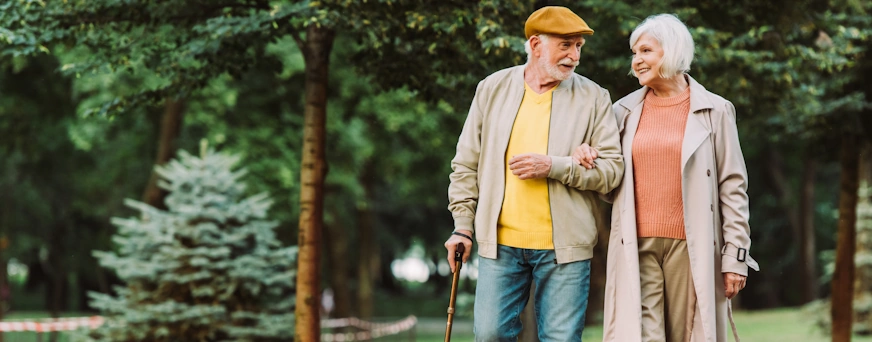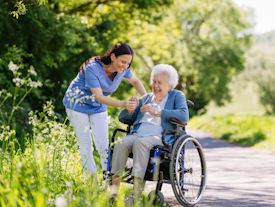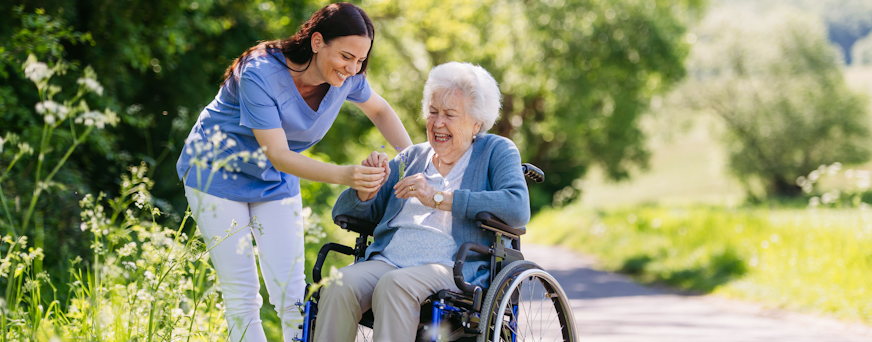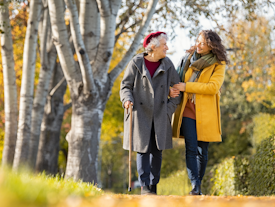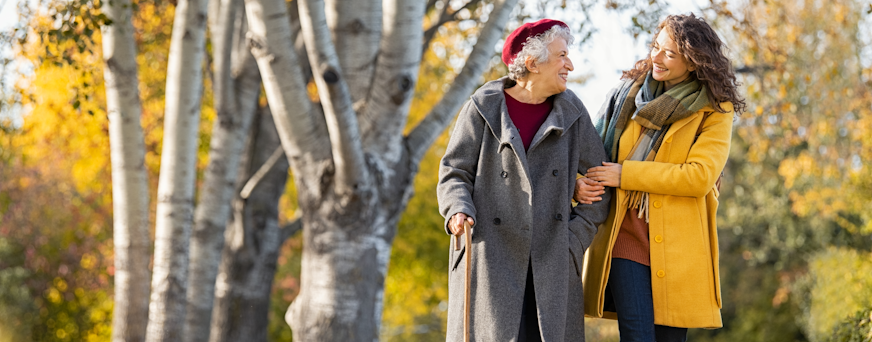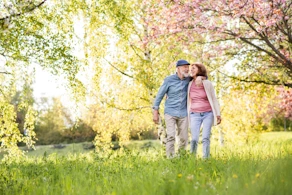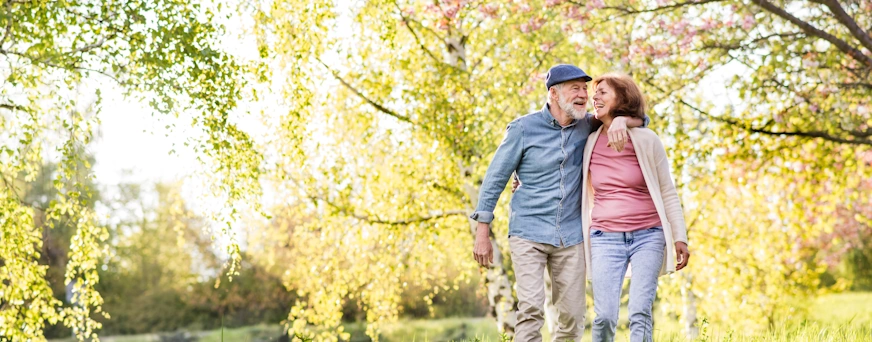What To Be Looking For In The Best Shoes For Elderly To Prevent Falls
Our Key Takeaway
Shoes for seniors should offer a supportive, cushioned midsole (like EVA or Phylon), a grippy rubber outsole with deep grooves, and a secure, properly fitting closure system to reduce fall risk.
Choosing footwear with low heels, wide toe boxes, breathable materials, and excellent traction empowers older adults to walk safely and comfortably with confidence.
Falls are the leading cause of injury and loss of independence among seniors. The possibility can, however, be significantly reduced by making appropriate choices of shoes. Best shoes for elderly to prevent falls will first provide stability, support, and resistance to slipping.
Let us consider ten main features to check when buying your senior footwear to empower your loved ones to confidently and safely walk, encouraging a healthy and active lifestyle.
Life Assure Product Quiz
Take our 30 second quiz and discover which Life Assure medical alert device is the right fit for you or a loved ones.
Life Assure Product Quiz
Take our 30 second quiz and discover which Life Assure medical alert device is the right fit for you or a loved ones.
Key Features to Consider When Selecting Safe Footwear for the Elderly

Here are certain features one should consider when selecting safe footwear:
1. Supportive Soles
The foundation of fall-prevention footwear lies in the soles. Look for a combination of materials that provide cushioning as well as traction. Phylon or EVA foam is the most commonly used material to make the midsole.
It absorbs shock in the course of walking, hence reducing the impact on joints and, thus, the stress on knees and ankles. The cushioning becomes very important for older adults whose bones are very brittle and can easily break from a fall.
The outsole is typically rubber, allowing excellent traction against any surface. An appropriate tread pattern in the sole with deep grooves will assure some degree of slip resistance and reduce falling due to wet floors, uneven terrain, or loose gravel.
A combination sole, softer and shock-absorbing midsole yet firm and highly tractioned outsole would be ideal for comfort and safety. Avoid soft soles, which can take away stability because it is more likely to induce a person to take on a wobbly gait, increasing the fall risk.
2. Adequate Traction
Best Shoes For Elderly To Prevent Falls should have Adequate traction on the bottom. Most significant causes of falls in seniors take place indoors and outdoors, in slippery walking environments.
Shoes with a well-defined tread pattern featuring deep grooves and a slightly wider tread base offer superior grip on various terrains. This is especially important for navigating slick tile floors, wet sidewalks, or uneven outdoor paths.
Look for outsoles made from durable rubber compounds specifically designed for slip resistance.
These materials maintain their grip even on wet or oily surfaces, minimizing the risk of losing footing and potential falls. Replacing worn-out shoes with adequate tread depth is crucial for continued safety.
3. Proper Fit
Correctly choosing footwear is the basis for fall prevention among older people. Critical characteristics of supportive soles include a shock-absorbing midsole, like that found in phylon or EVA foam, to cushion the joints and a rugged, high-traction outsole made of rubber with deep grooves that will provide a top-of-the-line grip on any type of surface.
And equally important is the fit: shoes should not be too loose nor should they be too tight.
Measure the feet at the end of the day to get the best fit, with thicker socks or any orthotics in place. A snug heel hold with enough wiggle room for the toes creates a secure foundation for safe steps.
4. Secure Closure
It is crucial to fasten the shoes so that your loved one's feet are held firmly within; otherwise, they may cause them to trip and fall.
This can be best achieved with laces, straps, or buckles, which enable close fit and prevent heels from coming out of the shoes and the shoe itself from coming off when walking. While laces allow the most excellent personalization, they may be challenging for the older adult to handle.
In such cases, opt for shoes with easy-to-use velcro closures or buckles that provide a snug fit but do not require tying laces. Remember, shoes that are too loose can cause instability of the feet and raise the chance of tripping and falling.
A firm back is perfect; avoid slip-on shoes as they can quickly come off during movements. When looking for the best shoes for elderly to prevent falls, it's crucial to prioritize secure, well-fitted footwear that offers stability and support.
5. Low Heel Height
Zero for stilettos in senior citizens! The low height of the heel has a vital role in the prevention of falls. Shoes with a heel of less than 1 inch give the best stability and balance compared with shoes with higher heels.
The reason is that a lower height keeps the center of gravity close to the ground, thereby reducing the tipping forward risk of falling. Higher-heeled shoes also tend to make you roll your ankles inwards, further inviting a sprained ankle or an awkward fall.
For extra stability, opt for shoes with a base that allows the heel to have more surface area touching the ground.
6. Breathable Material
Breathable materials such as leather or mesh allow proper ventilation and the regulation of moisture, thus decreasing the possibility of sweaty, slippery feet inside the shoe, one of the potential reasons for instigation leading to falls.
When searching for the best shoes for elderly to prevent falls, it's essential to consider these breathable materials to ensure comfort and safety.
Therefore, sweaty feet also act as a source of growth for fungal infections where discomfort and even skin breakdown could result, further potentially increasing the risk of falls.
Breathable materials make it more convenient to allow for better air circulation, thus keeping feet dry and comfortable enough for long walks or daily activities.
7. Wide Forefoot Design
As we age, our feet can change shape. For many seniors, the forefoot area widens due to factors like spreading toes or bunion development. This is where a wide forefoot design in footwear becomes crucial for fall prevention.
Wider-toe box shoes offer the space needed for toes to spread naturally, avoiding cramping and causing discomfort or possible foot deformity. Cramping the front of your foot will lead to instability and an irregular gait that can increase the chance of tripping and stumbling.
Look for shoes that are specially designed with a wider forefoot, or go up a half-size from your usual size to make room if there are any changes in the shape of your foot.
When selecting the best shoes for elderly to prevent falls, prioritizing a proper fit with extra room and adequate width can enhance comfort and stability, reducing the risk of tripping or slipping.
Conclusion
Prevention of falls and fear of falling play a major role in maintaining the independence and safety of older adults. Proper selection in this category with features like stability, support, and slip resistance reduces the risk of falling and promotes a senior's healthy, active lifestyle.




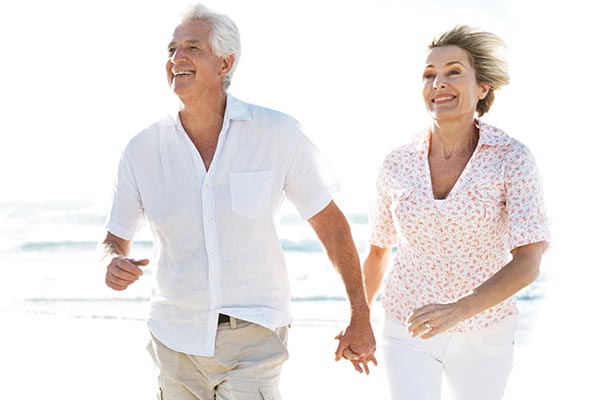
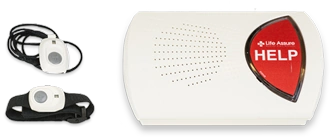
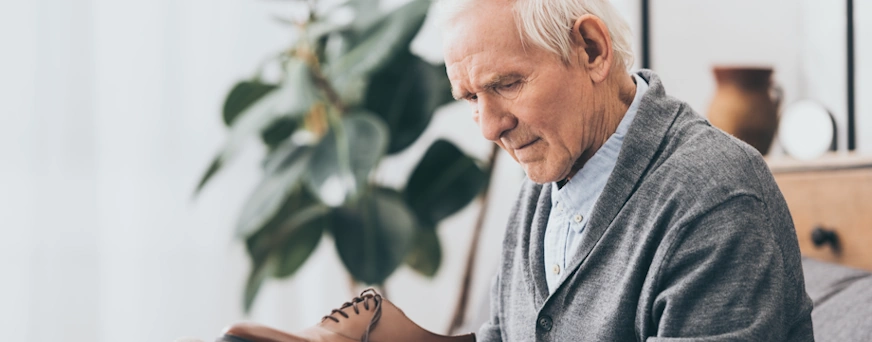

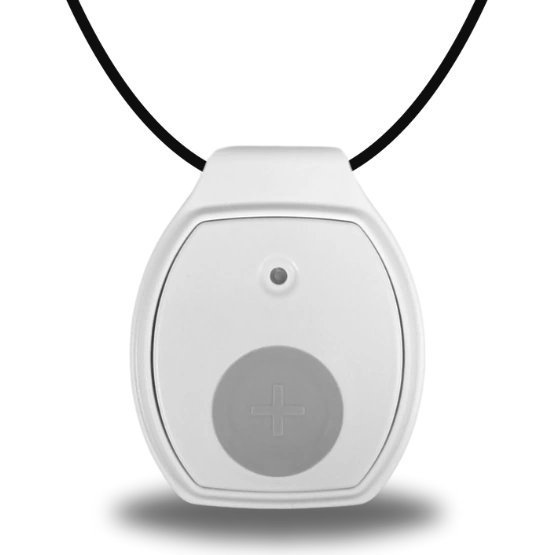
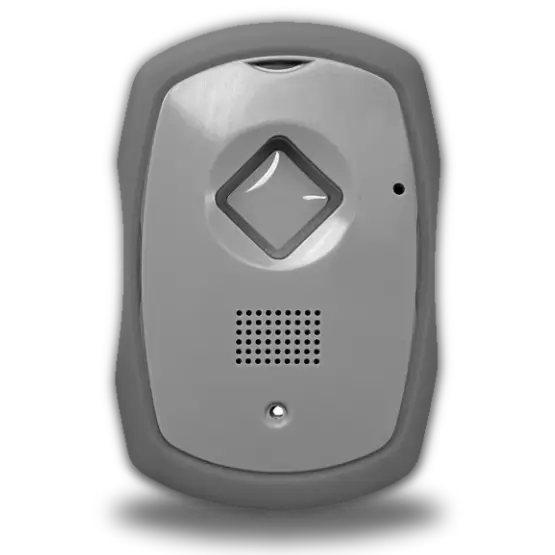

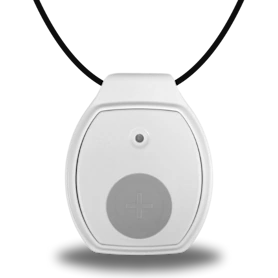
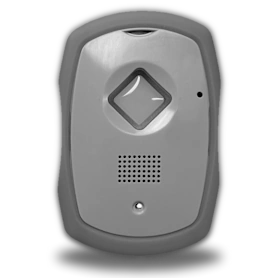
 Get Help With The Push Of
A Button
Get Help With The Push Of
A Button
